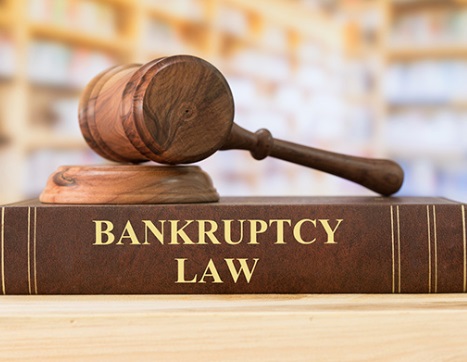
Bankruptcy law is a procedure through which entities or individuals who cannot pay their debts to financial creditors can seek relief from some or even all of their liabilities. In most jurisdictions, bankruptcy is legally imposed by a bankruptcy court order, usually initiated by the debtors. Filing for bankruptcy in the U.S. jurisdiction requires careful assessment and consideration of all the facts and circumstances surrounding the case. It is advisable for those who are considering filing for bankruptcy to engage the services of a competent bankruptcy lawyer to assist them in completing their filings and in providing sound legal counsel to their bankruptcy case.
The primary purpose of filing for bankruptcy law is to enable an individual or business entity to resume normal operations while meeting the obligations set forth in their filing agreement. There are a variety of requirements that must be met before a case can proceed to the next phase. An individual filing for bankruptcy protection is not necessarily guaranteed the outcome they desire; sometimes their rights under the law are diminished even further when they become unresponsive to collection efforts. In addition to the loss of assets, a bankrupt individual may also have their wages garnished, their Social Security benefits cut, and their credit rating and records destroyed. This often occurs if an individual is unable to respond to collection calls or meet other debt obligations.
One of the primary objectives of filing for bankruptcy protection is to achieve a fresh start with an aim of rebuilding and repairing the finances damaged during the insolvent period. The procedure for declaring bankruptcy differs by jurisdiction and the laws governing it varies as well. However, most jurisdictions follow a similar procedure that awards the bankrupt individual a fresh start with their finances by reorganizing and restocking their bank accounts and by paying all their existing debts including those accrued by others. The objective behind declaring bankruptcy protection is to return to a more stable and financially stable family, individual, or corporation.
The primary goal of bankruptcy law is to provide an individual or entity with a fresh start or financial distress relief. The state laws governing bankruptcy provide the guidelines and procedures necessary for an individual filing for protection from financial distress to take advantage of this assistance. State bankruptcy law provides for an automatic stay provision that prohibits an individual or entity from completing any obligations including debt collection activities with the intention of repaying what they owe to another party. An automatic stay provision will prohibit a creditor from contacting the individual or entity to attempt to collect what they owe. In some states, this provision is incorporated within the personal bankruptcy law as well and applied to all debtors who owe money to others.
Another objective behind bankruptcy law is to ensure that when individuals and entities file for protection from financial distress, they do so without abusing or defrauding the court system and violating other legal obligations. The protection provided is limited to debts only and does not extend to property liens or tax liens on the debtor’s income or assets. Bankruptcy laws require that a debtor to repay all monies owed if the court rules that the debt is “unjustifiable” or “frivolous.” While the federal bankruptcy code requires that all creditors receive equal treatment (similar to debt collectors and servicemen) bankruptcy courts often favor debtors in preference to creditors when determining who receives priority.
When the individual or entity files for protection from bankruptcy, they must make certain that they understand and comply with all of the applicable laws, and they should hire an experienced attorney to help them navigate the federal law. Even after a bankruptcy case has been filed, individuals and entities may need to periodically review the filings to ensure that everything was completed accurately and in full. They may also need to check the status of the case to find out whether the debtor is still enrolled in good standing. In some cases, the Office of the Comptroller of the Currency can post a notice about a default in payment of a claim. These circumstances should be addressed in a separate news release.
This post was written by Trey Wright, one of the best bankruptcy Tallahassee attorneys! Trey is one of the founding partners of Bruner Wright, P.A. Attorneys at Law, which specializes in areas related to bankruptcy law, estate planning, and business litigation.
The information provided on this website does not, and is not intended to, constitute legal advice; instead, all information, content, and materials available on this site are for general informational purposes only. Information on this website may not constitute the most up-to-date legal or other information. This website contains links to other third-party websites. Such links are only for the convenience of the reader, user or browser; the ABA and its members do not recommend or endorse the contents of the third-party sites.